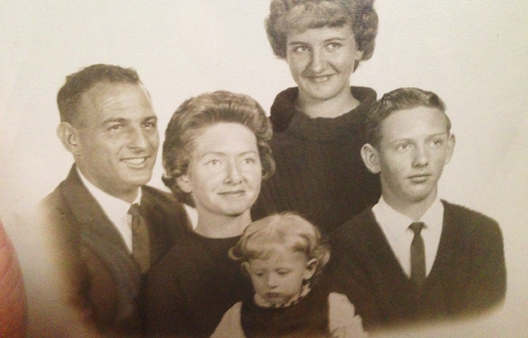Dorothy Matters
by Cindy Clark
The year 1933 seems like a simpler time by modern standards; it was not. While there were fewer cars, planes and technological advances, there were plenty of challenges and complexities … even in a small Arkansas town like Providence.
One of my favorite people on earth was born that year and I want to tell you about her.
Her name is Dorothy. She is my mom.
Dorothy Mae Davis was born on a rural White County farm on April 6, 1933. She was the third of six children born to Leslie and Allie Mae Davis.
The world into which she arrived was still trying to recover from the Great Depression and had not yet forgotten the pain of WWI. Her community had lost many loved ones to those tragic events. Farming was pretty much the way of life for most people in the Providence community of Judsonia, Arkansas, and Dorothy’s parents were some of the best farmers in the area. Her home held a faith-filled, close-knit family which would provide the good foundation vital for preparing Dorothy for the hardships of life that lay ahead.
The innocent age of 10 gave Dorothy her first introduction to the pain of losing loved ones. Her sister, Sarah, was stillborn. Four years later, one of her best friends would die from complications related to childhood diabetes.
Less than a month before she turned 17, she married her childhood sweetheart, Lowell Gene Whitlow. Everyone called him “Leaston” because he was the “least one” between he and his twin brother, “Biggin’ (no explanation needed for that one.)
Less than a year later, she gave birth to her son, Wallace, the first of her three children. During this time in her early married life, her brother Boyce, with whom she was very close, shared a house with the young Whitlow family. Boyce and his wife had a baby the same age as Wallace. Three years later, in 1954, Dorothy gave birth to her second child — this time a girl named Donna. Less than a month after Donna’s arrival, Boyce was killed in a work accident.
At age 46, she found herself caring for Leaston as he died of lung cancer. She buried her husband three months before her 47th birthday. Devastating pain and loss were no strangers to Dorothy, yet she held firm to her belief that God would bring comfort to her. He never failed to do so.
If asked to describe Dorothy in a word, the word I’d choose would be hardworking. She could out-work most men I knew. Even though she never graduated from high school, her dedication and impeccable work ethic ensured her family lived comfortably.
While a youngster, her family planted a large garden every year plus many acres of money crops. She was always part of the planting, tending, harvesting and preserving of the produce. Strawberries were a popular crop that many Providence farms produced and sold at market. If you’ve ever picked strawberries you know they are not easily harvested. Ten-year-old Dorothy was told that she could quit picking strawberries and play for the rest of the day once she met her 100-quart quota. She said she usually got to play by 2 o’clock in the afternoon.
Yellow squash and zucchini were also money crops grown in the area during that time period. Mr. Clois Griffis would contract with the Birdseye Corporation for squash production. Next, people in the community would request certain amounts of seed and plant their various acres of the vegetables. Dorothy and her family would usually have several acres of squash each year; sometimes a couple acres of okra too. The work started when there was enough daylight to see the squash and ended after all the bushels of squash were trimmed, (tops and ends cut off), loaded on trucks and delivered to Mr. Griffis for shipment to Birdseye.
You might think that a day of harvesting would end by someone opening a can of soup or making a peanut butter sandwich, but not at Dorothy’s house. Once the harvest was in for the day, supper usually consisted of a menu like fried pork chops, fried potatoes, fried okra and squash, wilted lettuce from the garden, pinto beans, corn bread, and — on lazy nights — just plain old “light bread” (meaning store-bought sandwich bread.)
Her philosphy was simple: If you work hard, you eat good.
While farming made up the bulk of her work experience — she would turn back to farming time and time again throughout her life — Dorothy’s jobs were varied.
She worked for factories like Birdseye. Working in the factory, she boxed the produce for freezing. Remington Rand was another factory in nearby Searcy where she worked as a punch press operator, making parts for adding machines. There were times when she traveled away for work; picking tomatoes in Bunker Hill, Indiana. One year, she moved to Travis City, Michigan, and picked cherries and apples.
She also worked at our local grocery store, know simply as “The Store.” Owned by J.D. and Mary Sue Yarbrough, that store was the hub of our community, along with White County Central School.
In 1961, she and Leaston had paid $110 for an acre of land in Providence. Leaston worked construction for Cliff Moye, a Searcy home builder, and together, they built the house that would remain home to me until I went to college in 1981.
The cost of that house? A whopping $3,700. By 1964, the Whitlows bought 21 acres that adjoined their home acreage and within the next 10 years, they would build the first of two poultry-egg producing houses. From 1976 until 1985, the egg-producing farm would house 22,000 birds each year.
Egg gathering happened twice daily; feeders and waterers were automated but had to be carefully monitored for correct functioning. These egg houses themselves were simple structures with chicken wire atop lower tin walls and tin roofs attached to steel frames. Winter weather required sheets of plastic to be nailed over the wire parts of the walls to help keep the birds warm; spring required removing the same plastic. Large fans helped cool the birds in the summer heat.
The actual cages which held the birds were suspended from the ceiling of each house. The cages were broken into smaller units which held four to six birds each. Dead birds were pulled from cages daily and, unlike today where the FDA and other government agencies monitor and regulate the operation of factory-style farms, no regulations existed on the disposal of dead animals.
Dead birds were thrown on the “dead chicken pile” in the back field. There were vats below the cages that caught the litter and those vats had to be cleaned out regularly — not a pretty job! Large tractor-towed containers called “honey wagons” transported the litter to farms and fields for fertilizing. People actually purchased these large containers of litter. The Whitlows owned a few cattle too. Dorothy continued to work the whole operation by herself for five years after Leaston died.
Her last paying job started in 1985 at the Searcy Wal-Mart. She had sold the egg farm and she worked most of the time in ladies wear. She continued to work there for over 13 years and enjoyed being with the public, making friends, and chasing shoplifters. She retired from Wal-Mart due to an illness that affected her muscles but she didn’t retire from work.
She just started a different kind.
One of the many skills that Dorothy’s mother taught her early in life was to sew and quilt. In 1995, while still employed at Wal-Mart, she made the first of many quilts.
These bed coverings are called “Cathedral Windows.” They are quite detailed and require much cutting and piecing. In fact, Dorothy is currently involved in making her 25th Cathedral Window quilt. The number of quilts created is impressive enough but understanding the volume of fabric pieces that must be hand-cut and sewn together is even more impressive.
Between the two king-sized and twenty-three queen-sized quilts, Dorothy has cut and pieced 66,200 pieces of fabric. Her muscle disease affects her hands (and how she holds the needle and thread) but this doesn’t seem to slow her down. She has made sure all her children and grandchildren have a quilt. She has even made one for a close friend.
Mom uses a walker now but still drives herself to church and to my house. She has attended the same church all of my life and most of hers. She still makes food for church potlucks. She has an all-terrain vehicle she drives around on her farm when the weather is pleasant (a farm which now includes a little over 30 acres).
In 2006, she built a new house on the highway frontage of her property. From her back porch, you can still see the house where I grew up. This past week, Dorothy, my Aunt Doris, and I went on a little drive around Providence and the surrounding areas. Riding with me in that car sat over 160 years of combined wisdom between those two ladies.
While I drove, they told me stories of their childhood and pointed out things that I never knew about the small area where we all grew up. When I delivered mom back to her home, she gave me one of the 39 pints of homemade cucumber relish she made last week from cucumbers my sister grew and gave to her.
My sister cleans mom’s house regularly, makes sure her car is washed and vacuumed and ensures her medical needs are met. My brother lives next door to mom and helps with various yard and household things. But for the most part, my mom still takes care of herself. I am so proud of her. I love her dearly. She is one very talented Ozarkian and I want people to know a little about her.
One final note: My mom makes the best homemade biscuits and gravy in the whole world! In fact, one of her former preachers says that Dorothy’s biscuits will be served in Heaven.
You know what? I don’t doubt him one bit.
January 8, 2016
plate 1.
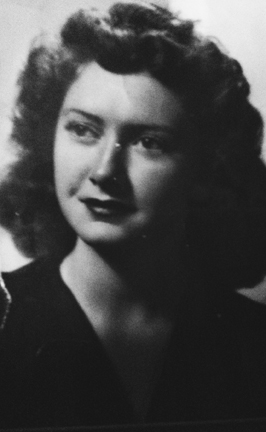
plate 2.
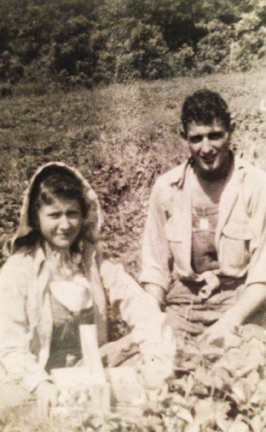
plate 3.
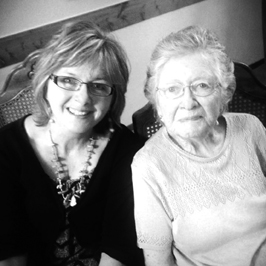
plate 4.

plate 5.

plate 6.
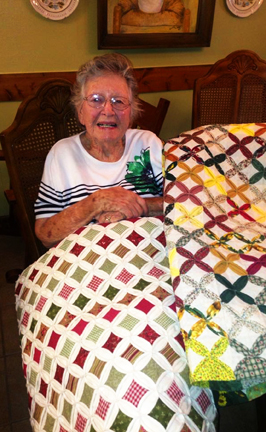
plate 7.

plate 8.
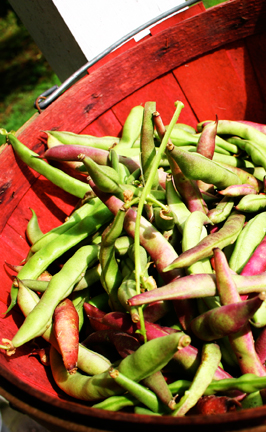
plate 9.
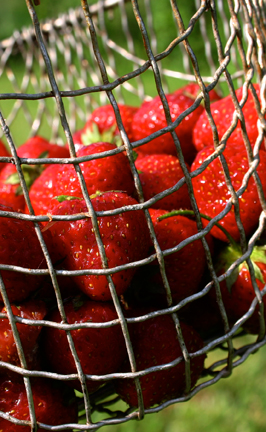
plate 10.
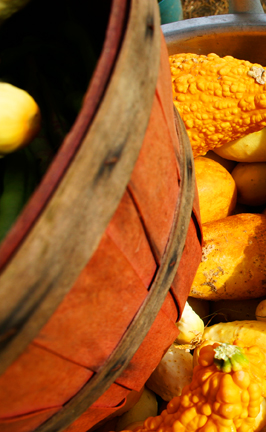
plate 11.
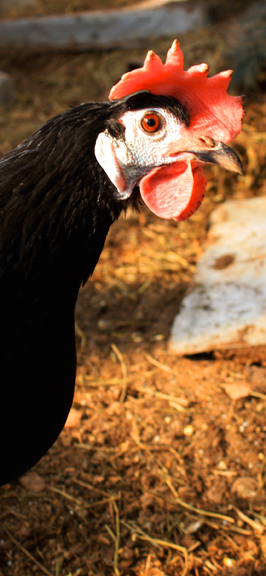
plate 12.
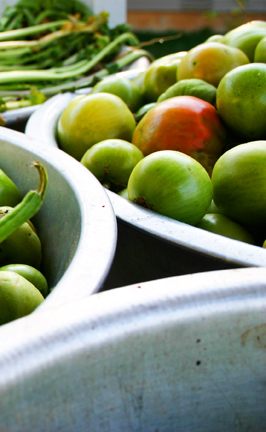
plate 13.
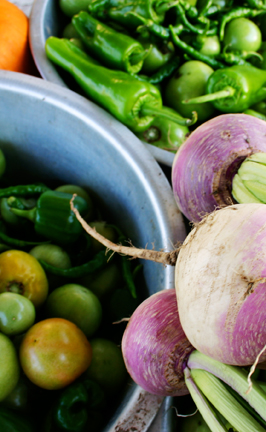
plate 14.

plate 14.

plate 16.
